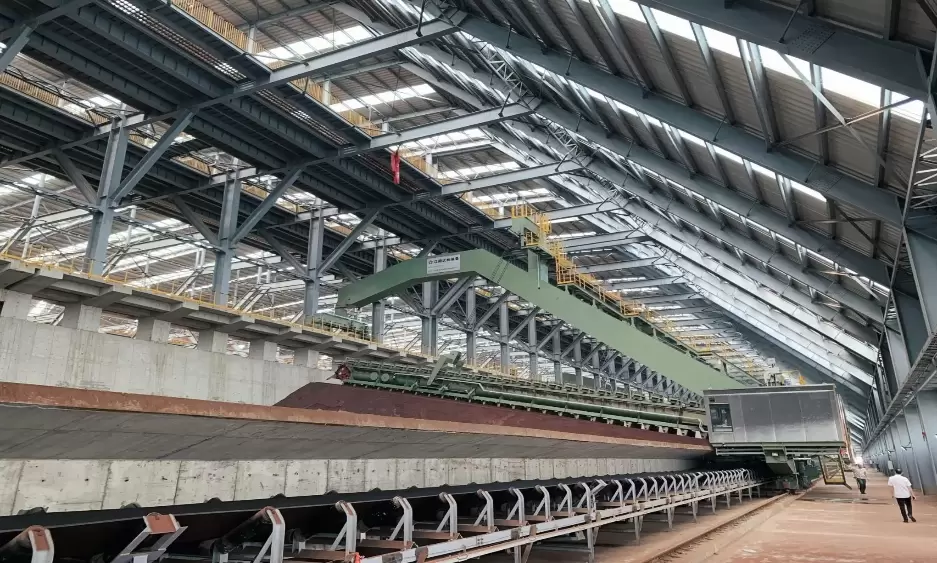How does CNC machining process parts?
CNC machining technology operates similarly to conventional machining, but it
possesses its own unique characteristics. Therefore, when designing a CNC
machining process for a part, it's crucial to consider its superior flexibility
and high degree of automation. CNC machining is also particularly well-suited
for machining complex curved and surface parts, as well as complex box and
prismatic parts with numerous holes and slots. In high-mix, low-volume
production, using CNC machine tools can yield high economic benefits.
Determining tool setting and tool change points in a CNC machining center.
The tool setting point is the starting point for tool movement relative to the
workpiece during CNC machining. Because the program is also executed from this
point, the tool setting point is also called the program starting point or tool
starting point. When programming, the selection of the tool point location
should be the primary consideration.
When machining accuracy is low, certain surfaces on the workpiece or fixture
can be used directly as tool faces. When machining with high accuracy
requirements, the tool setting point should be selected based on the part design
or process. For example, for parts positioned by holes, the hole axis is more
suitable as the tool setting point.
The tool setting point should have a specific coordinate relationship with
the workpiece's positioning datum to ensure the machine tool's coordinate
relationship. The tool setting point should be selected to facilitate coordinate
calculation and tool setup.
When setting the tool, ensure the setting point is aligned with the tool
position. For flat-end milling cutters, the tool position refers to the
intersection of the cutter axis and the cutter base; for ball-end milling
cutters, it refers to the center of the ball end; for turning tools, it refers
to the tool tip; for drill bits, it refers to the drill bit; and for wire-cut
EDM machines, it refers to the focal point between the wire electrode axis and
the part surface.
Generally, when changing tools during CNC machining, the tool change point
should be clearly defined. The tool change point should be set to avoid damaging
the workpiece, fixture, or machine during tool changes. Avoid blindly changing
tools, as this can damage the equipment.
www.wxaichi.com
Wuxi Aichi Technology Co., Ltd.

